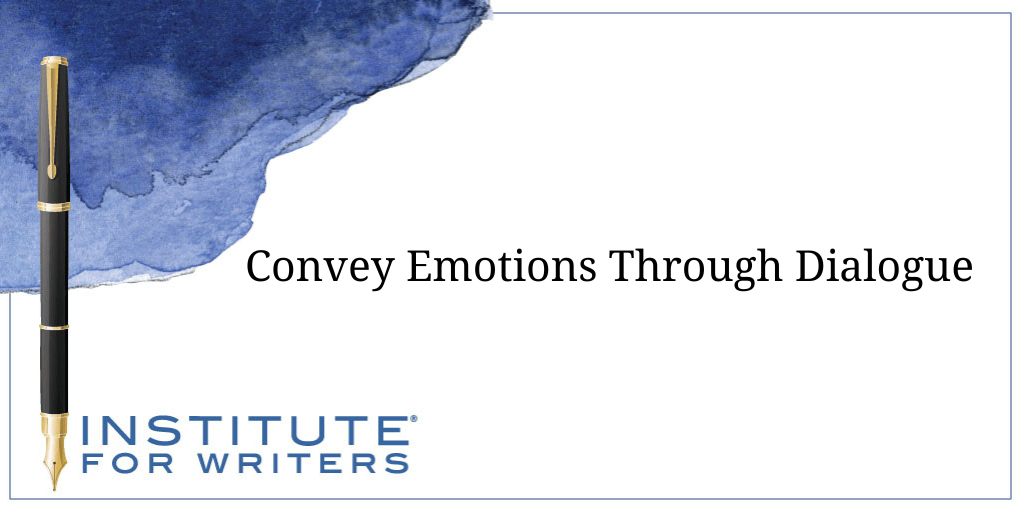
Convey Emotions Through Dialogue
Dialogue is a powerful tool for conveying emotions. To write emotional dialogue that rings true, use these pointers from IFW Instructor Victoria Sherrow.
Learn from published authors who have spent decades perfecting their writing craft. Our bi-weekly posts offer ways to improve your craft and support your writing for adult genres such as romance, mystery, thriller, horror, and adventure.

Dialogue is a powerful tool for conveying emotions. To write emotional dialogue that rings true, use these pointers from IFW Instructor Victoria Sherrow.

Good worldbuilding is an art. Writers must convince readers to live in their world. This writing exercise will help you build a world they won’t want to leave.
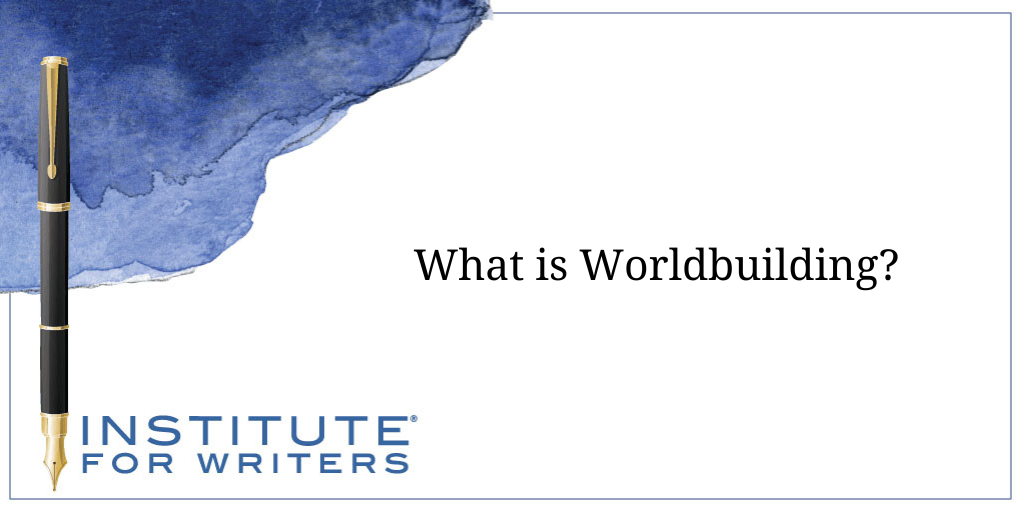
Every story we read will take place in a world and readers need to be immersed in it. Here are the elements of worldbuilding—no matter what genre you write.
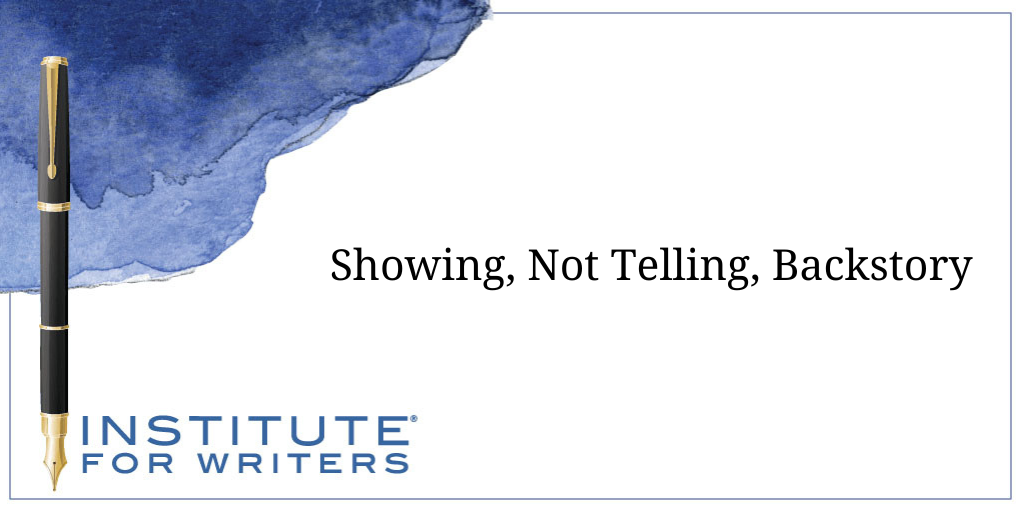
Backstory may be necessary to fill readers in on the history of a character. Victoria Sherrow shares how to include it in ways that show and don’t tell.

To show emotions, we need words and phrases that help readers feel what the characters feel. This post will teach you how to show your characters’ emotions.
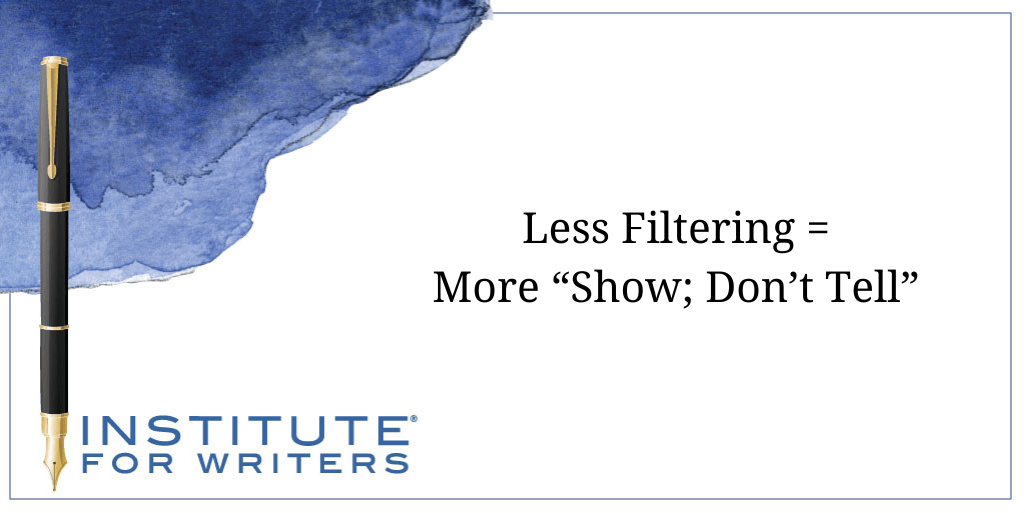
When writing fiction, we want to reduce the distance between reader and story. One good way “show, don’t tell” is to eliminate filter words.
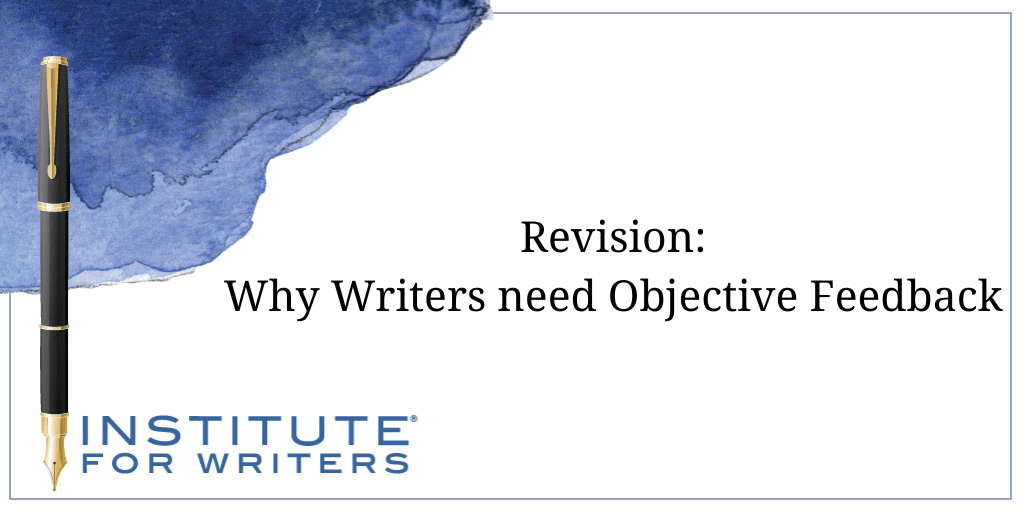
If you want to be published, objective feedback is essential for your revisions. Instructor Sue Ford shares different types of feedback to improve your writing.
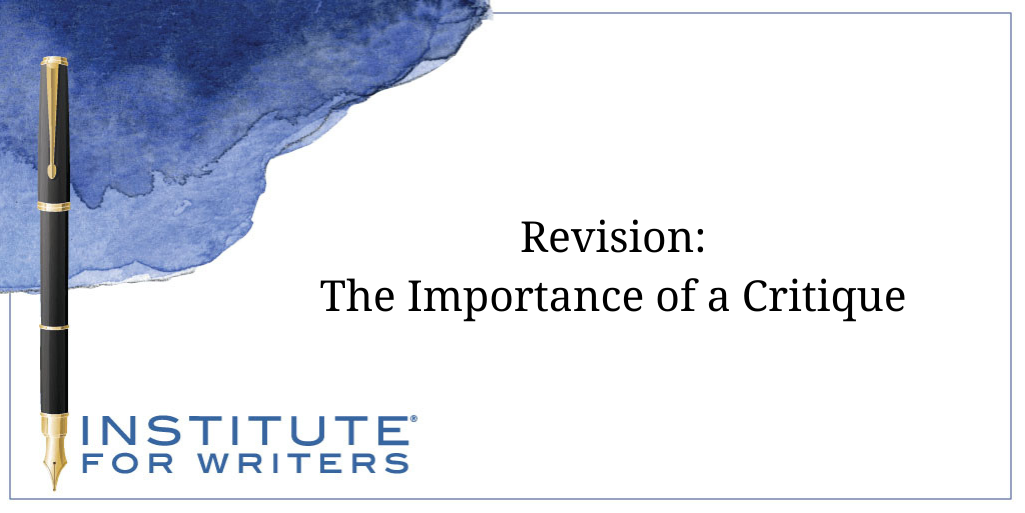
We type “the end” and are so excited, but the truth is no draft is perfect. Here’s why getting a manuscript critique is crucial to getting your work published.

One of the first things a reader looks for in a story is the viewpoint. Here are the benefits and drawbacks of using different points of view in your story.

Writing involves choices. Word by word we can harness the power and magic of words. Let’s make the most of our writing choices with today’s post.
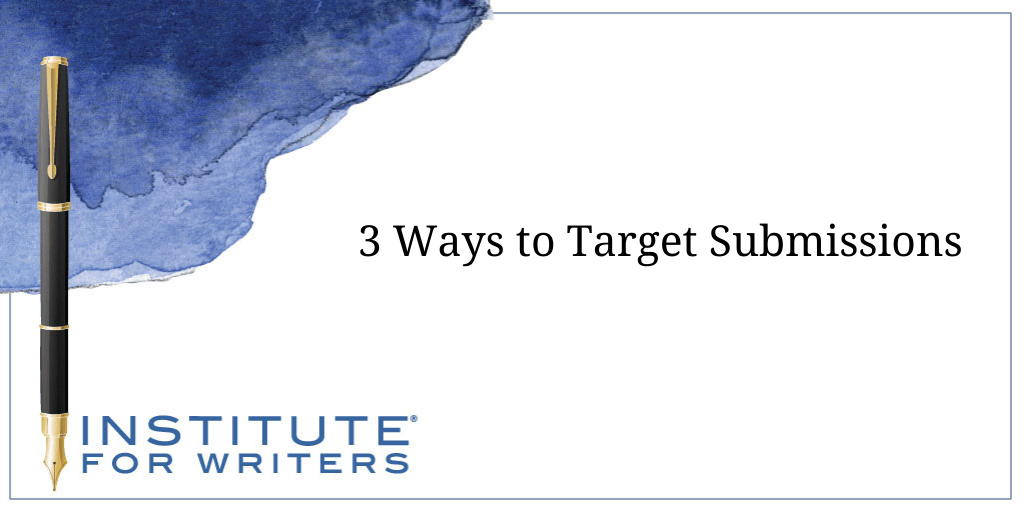
Writing stories and articles is the fun half of the job. The other half is submitting your work to good markets. Here are 3 ways to target submissions.
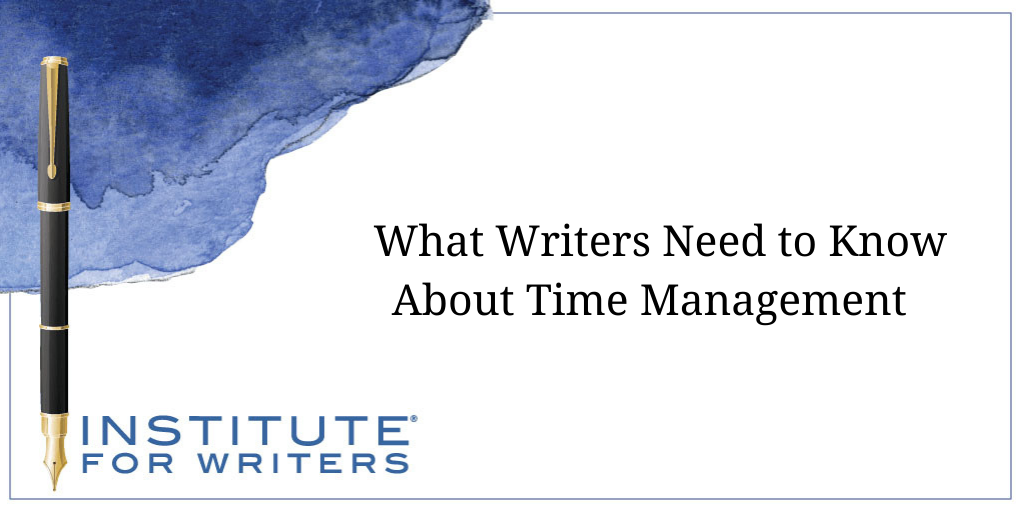
The beginning of the year is a perfect time to evaluate time management for writers. Here are 5 tips to help you—and your writing—be successful this year.
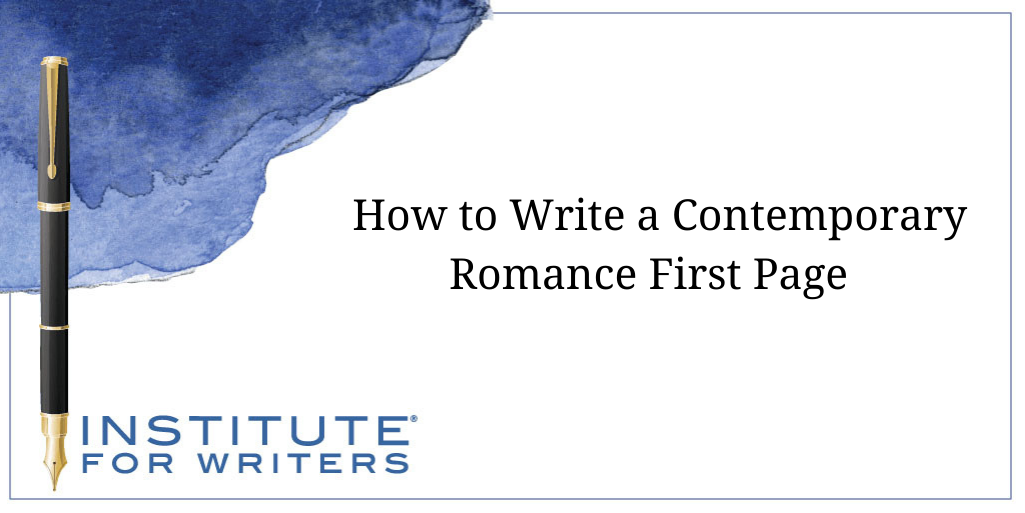
In the world of contemporary romance fiction, the first page sets the tone for the emotional journey that lies ahead. Here’s what you need to know.

There are a lot of preconceived notions about writing and publishing. Dive in as Jamie K. Schmidt busts 5 popular myths about writing and publishing.
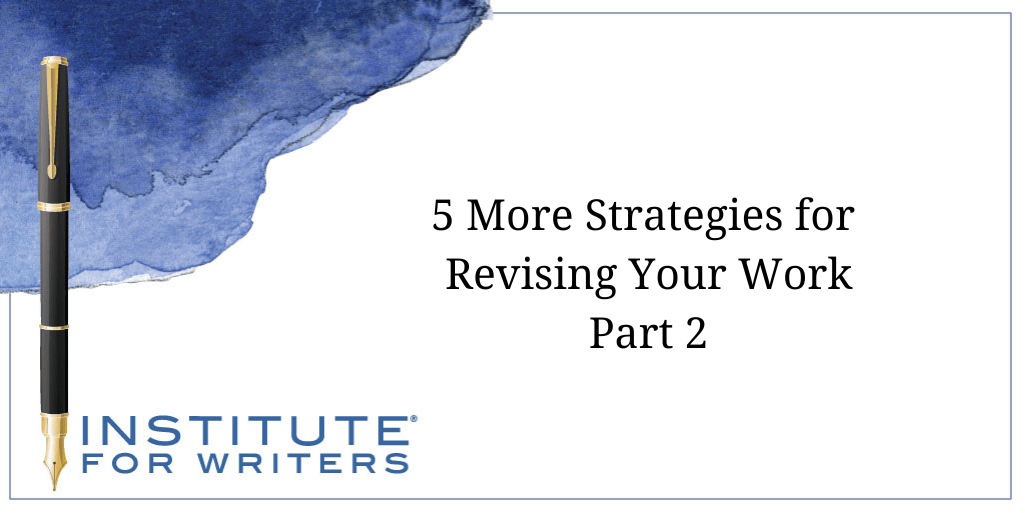
Today, we explore 5 more ways to revise your story or article with IFW Instructor Susan Ludwig. Try one or more of these strategies for a stronger final piece.
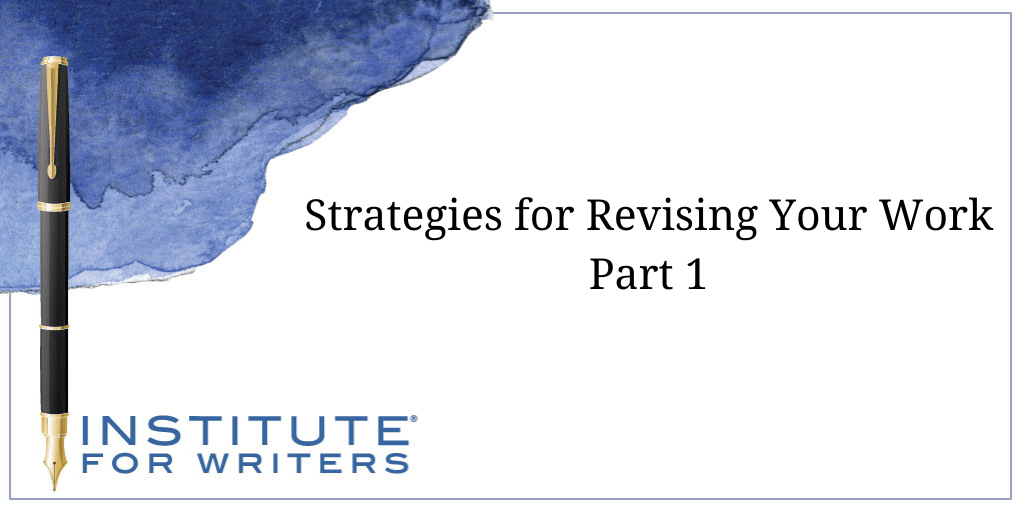
Today, we explore four ways to revise a piece of writing with IFW Instructor Susan Ludwig. Try a new way of revising and see your work in a whole new light!
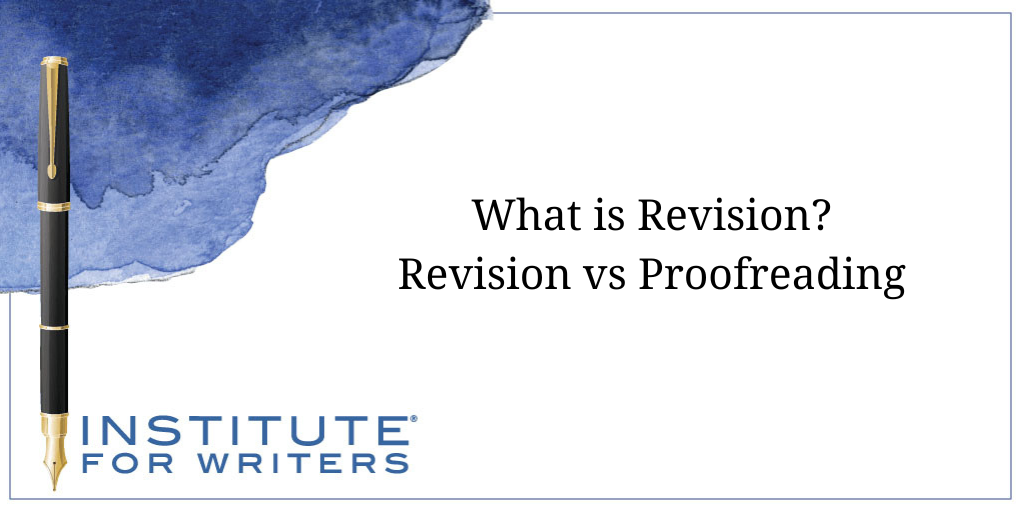
Revision and proofreading are two very different steps on the way to publication. Which one should you use and when? Read on for all the details!
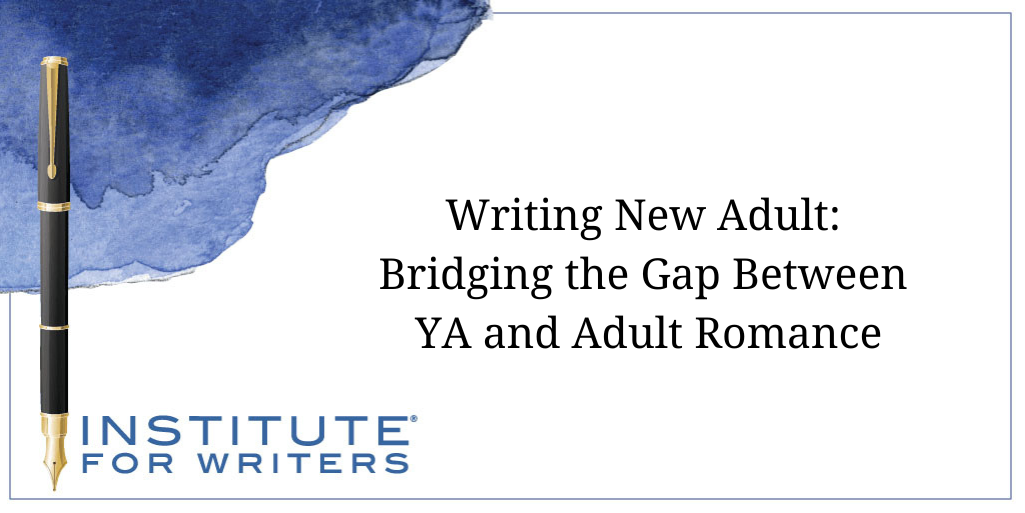
New Adult romance bridges the gap between Young Adult and adult romance. Lynne Smith gives tips on writing New Adult. Come see if this genre is a fit for you!
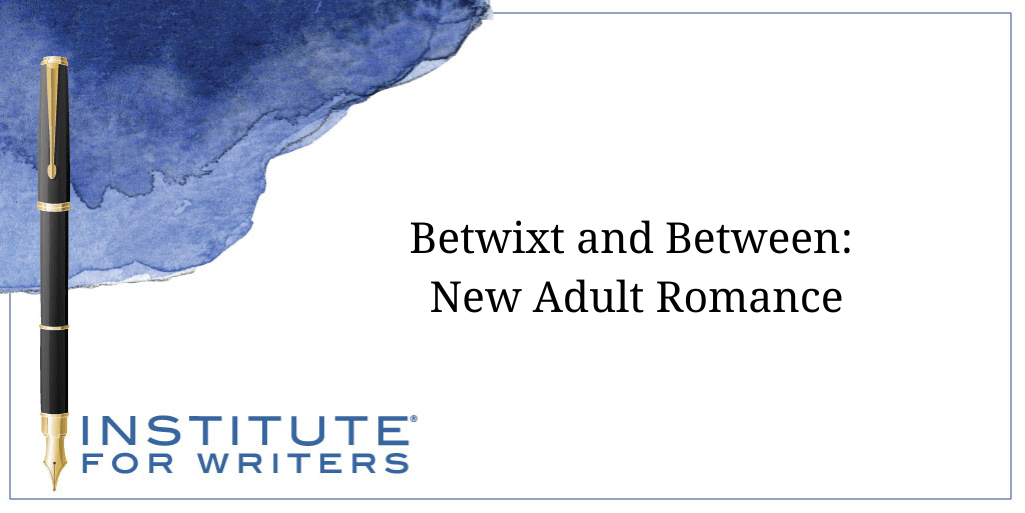
New Adult is a bridge between Young Adult and adult romance. How does it differ from YA? Here’s what you need to know to write in the emerging genre.
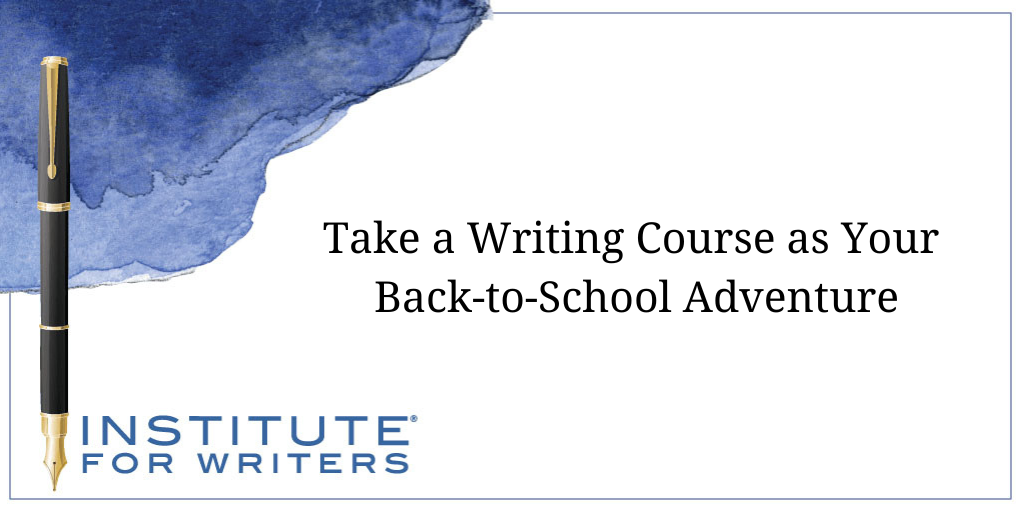
There’s no time like now to sign up for a writing course. Institute for Writers writing courses are particularly easy to jump into. Let’s take a look!
1000 N. West Street #1200, Wilmington, DE 19801
© 2024 Direct Learning Systems, Inc. All rights reserved.

1000 N. West Street #1200, Wilmington, DE 19801
© 2025 Direct Learning Systems, Inc. All rights reserved.

1000 N. West Street #1200, Wilmington, DE 19801
©2025 Direct Learning Systems, Inc. All rights reserved. Privacy Policy.